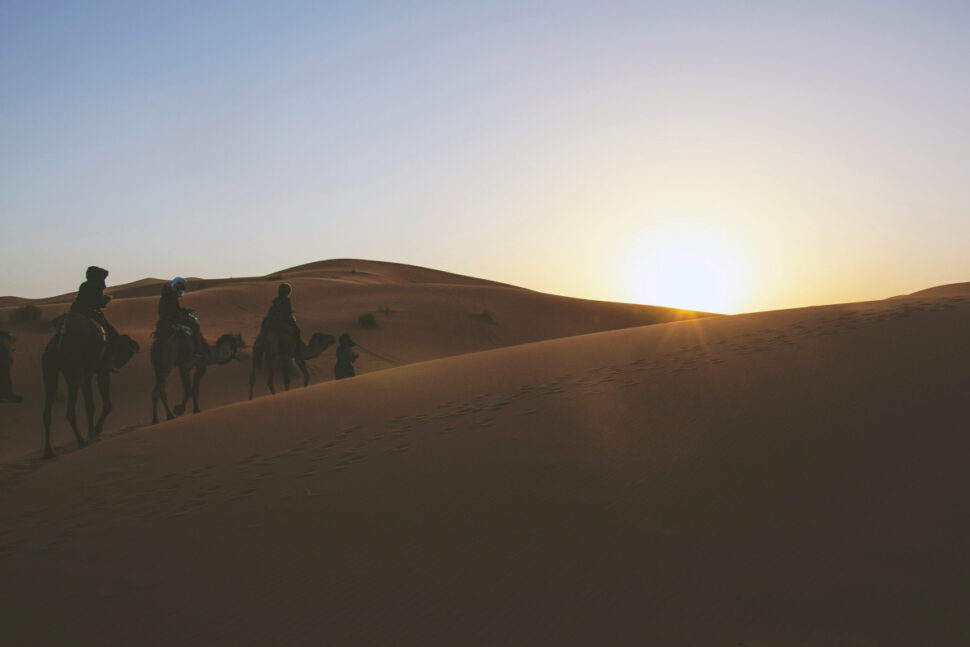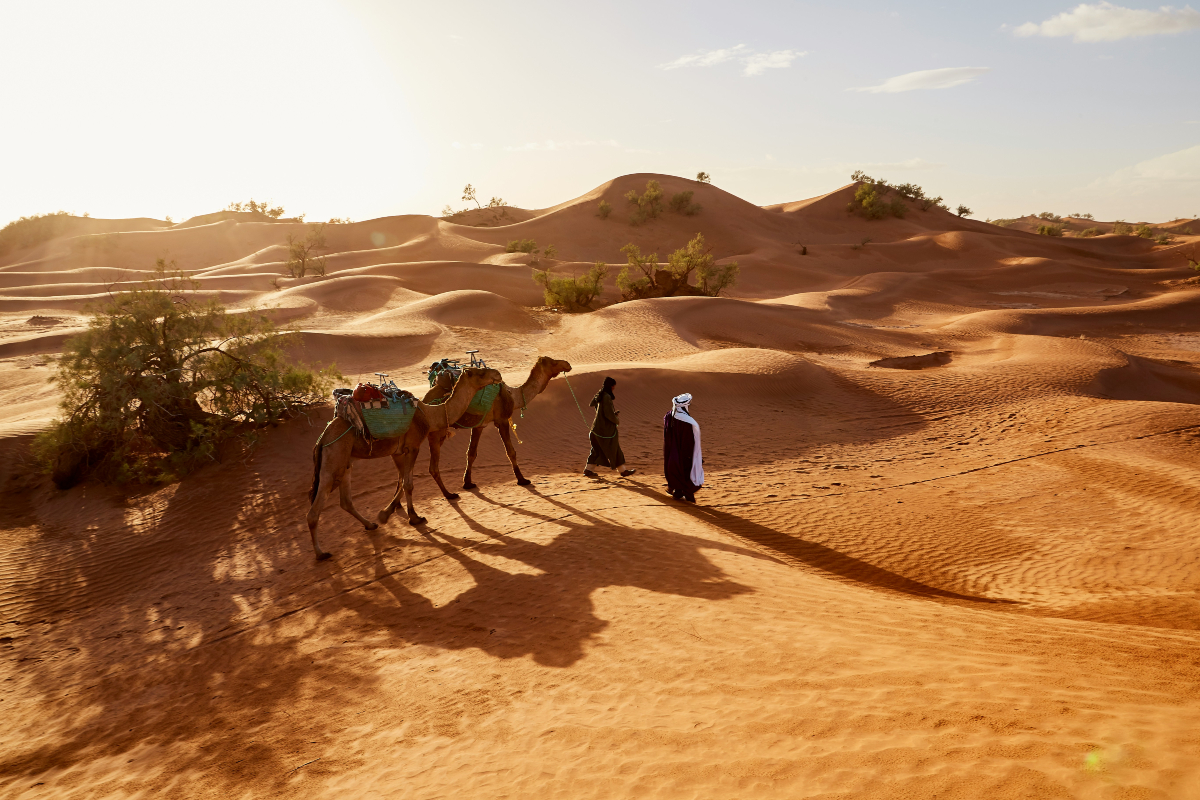At the crossroads of the Sahara and the Sahel, Chad is the setting for an enduring story. The Chadian nomads continue their ancestral wanderings here amid the sun-kissed plains and mirage-filled horizons, just as they have done for generations. Yet, this enduring way of life, governed by the changing seasons and the search for pastures, faces unprecedented challenges.
The Rhythm of Nomadic Life
The nomads of Chad, primarily from the Tubu, Fulani, and Zaghawa ethnic groups, prove humans are adaptable. Their lives are a continuous migration, following the ebb and flow of the desert’s whims. Their existence is attuned to the needs of their cattle, camels, and goats, whose survival dictates the nomads’ seasonal routes and destinations.
The rhythm of nomadic life is one of movement and anticipation. As the dry season scorches the earth, families pack their belongings onto camels and donkeys each year, leaving behind temporary settlements to seek greener pastures. This migration is not random but follows ancient, invisible paths etched into the collective memory of generations. Along these paths, stories, traditions, and knowledge are exchanged.
Effects of Climate Change
However, the nomadic way of life is under threat. With its harsher droughts and unpredictable weather patterns, climate change has transformed vast stretches of viable grazing land into arid wastelands. The search for water and pasture has become more desperate and dangerous, leading to conflicts over dwindling resources. Additionally, the encroachment of modernity brings new challenges.

The global demand for arable land, the attraction of urban life, and denaturalization policies all force nomads to give up their nomadic lifestyle. Moreover, geopolitical conflicts and border issues have made traditional migration routes hazardous, if not impassable. The once open borders, across which nomads freely moved, are now lines of tension and suspicion. Such problems disrupt age-old migration patterns and split communities.
Traditions and Cultural Wealth
Despite these challenges, Chadian nomads continue to uphold their traditions and beliefs. Their music, stories, and dances are not merely entertainment but are vessels of history, morality, and community bonds. The making of their intricate camel saddles and the weaving of colorful traditional headscarves are art forms passed down through generations. Each stitch and pattern is a story of family lineage and tribal affiliation.
The social structure of nomadic groups is another area where tradition prevails. Elders are the custodians of wisdom and judges in disputes. Hospitality, a virtue carved from the harsh desert life, remains sacred, with strangers welcomed as guests and treated with honor and generosity.
A Glimpse into the Future
As the world changes, so too do the lives of Chadian nomads. Younger generations are caught between the allure of modern life and the pull of their heritage. Many leave the nomadic life to seek education and employment in cities, gradually eroding traditional knowledge and practices.
Yet, there is hope that this way of life will not vanish entirely but evolve. Efforts are underway to document and preserve the cultural heritage of Chadian nomads. Initiatives aimed at sustainable development and conflict resolution seek to address the root causes of nomadic hardship, providing a pathway to a future where tradition and modernity can coexist.
